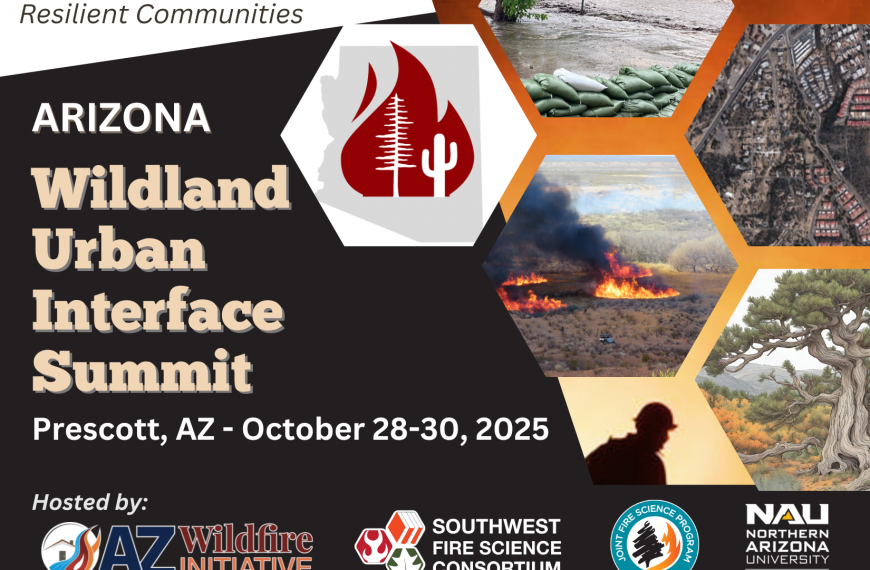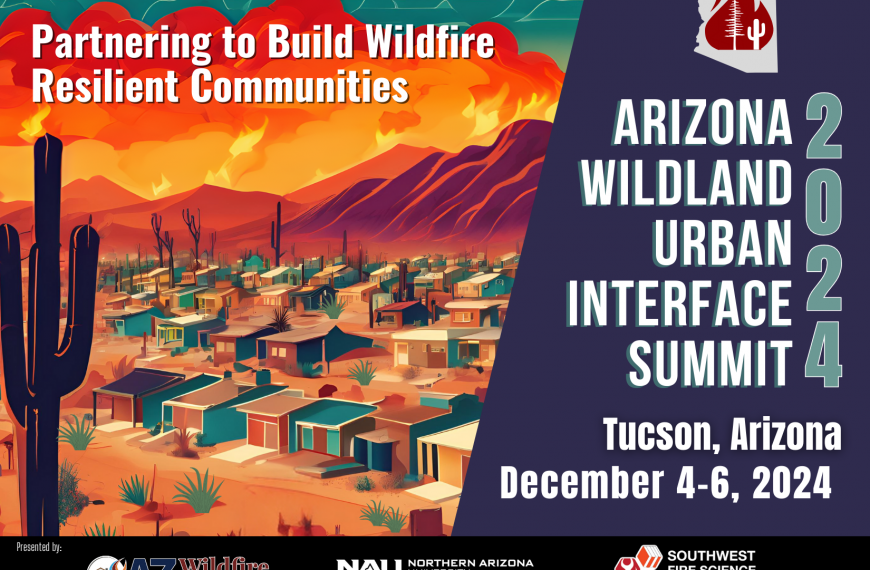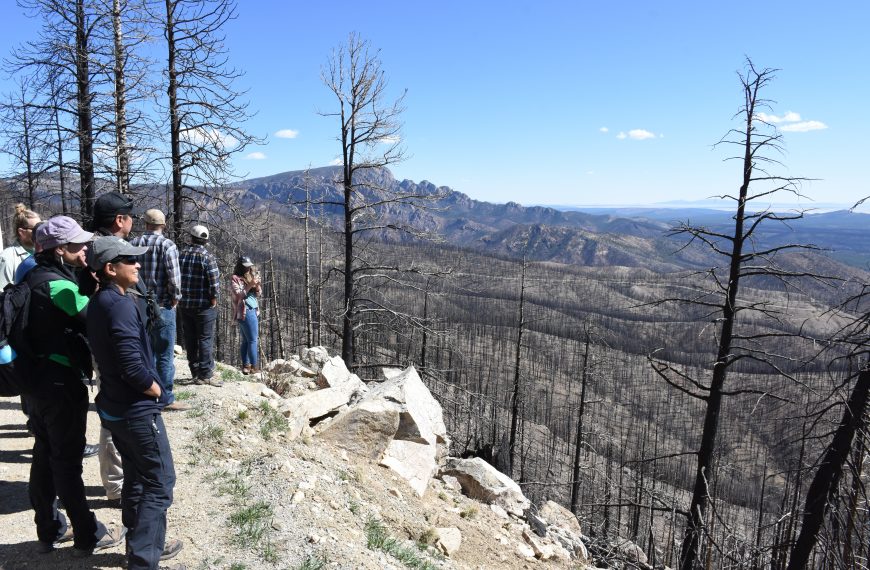Date: November 16, 2016 12pm MST
Presenter: Evan Hjerpe, Conservation Economics Institute and Yeon-Su Kim, Northern Arizona University
In the fire-prone Western U.S., the scale of surrounding forest density can be realized by homebuyers as an amenity for aesthetics and cooling effects, or as a disamenity in terms of wildfire risk. There has been a lack of academic attention to understanding this duality of forest density preferences for homebuyers in at-risk Wildland Urban Interfaces (WUIs). To fill this gap, we investigated the influence of forest density on WUI house sales in four high fire-risk zones in dry, mixed conifer forests of the Western U.S with a spatial hedonic pricing model. Explanatory attributes related to house structure, neighborhood, and environmental amenities were assessed, along with a set of WUI variables that included forest density ranges at two buffer levels—a 100mradius level and a 500mradius level. Results indicate a strong preference for lower forest density at the 100mlevel, but a countering preference for higher forest density at the larger 500 m buffer. These findings suggest the need to reconsider broad approaches in public awareness campaigns and regional planning, as well as fire management policies and strategies. Preference for higher density forests implies that if left to homeowners, fuel treatments in public spaces will be under invested. Our apologies, but there is no recording available for this webinar.






